World’s best wildlife photographer of the year 2019
One of these incredible photos will be the winning entry in the 2019 Natural History Museum’s Wildlife Photographer of the Year People’s Choice Award. Which would you vote for?
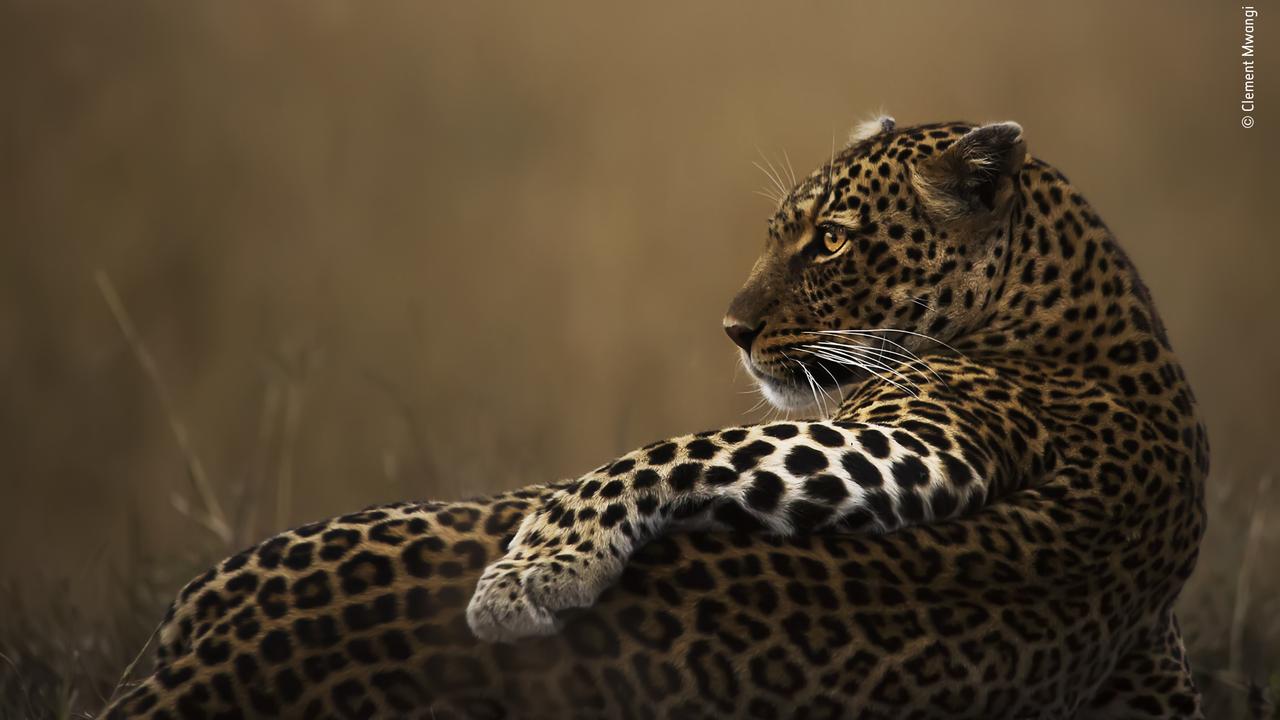
READING LEVEL: GREEN
These are some of the world’s most jaw-dropping*, heart-melting* and incredible wildlife images.
This year’s shortlist for the prestigious* Natural History Museum’s Wildlife Photographer of the Year Lumix People’s Choice Award has a strong theme of family.
The 2019 competition attracted more than 45,000 entries from professionals* and amateurs* across 95 countries.
While the main winners are selected by a panel of judges, the People’s Choice winner is voted by the public.
Front and centre in this year’s line-up is Australian photographer Wayne Osborn’s incredible image of a humpback calf whale twisting and turning in the water before returning to its mother.
Osborn managed to capture his once-in-a-lifetime shot while diving off the Vava’u Island group in the Kingdom of Tonga.

Another highlight of the shortlist is German photographer Stefan Christmann’s photograph of a penguin couple practising an egg transfer by using a snowball.
It is, the photographer believes, possibly the first time this behaviour has ever been witnessed and documented.

Continuing the family theme, German snapper* Marion Volborn captured an adorable mother-and-son moment while on a bear watching trip to the Nakina River in British Columbia, Canada.
As the mother bear started to rub against the tree trunk, her young cub followed her and began imitating its mother.

Other standouts include a chance photo of two mice “fist fighting” over scraps of food on the platform of the London Underground.
Titled “Station Squabble*,” photographer Sam Rowley captured the battle between the two city dwellers before they scurried off with the crumbs and went their separate ways.
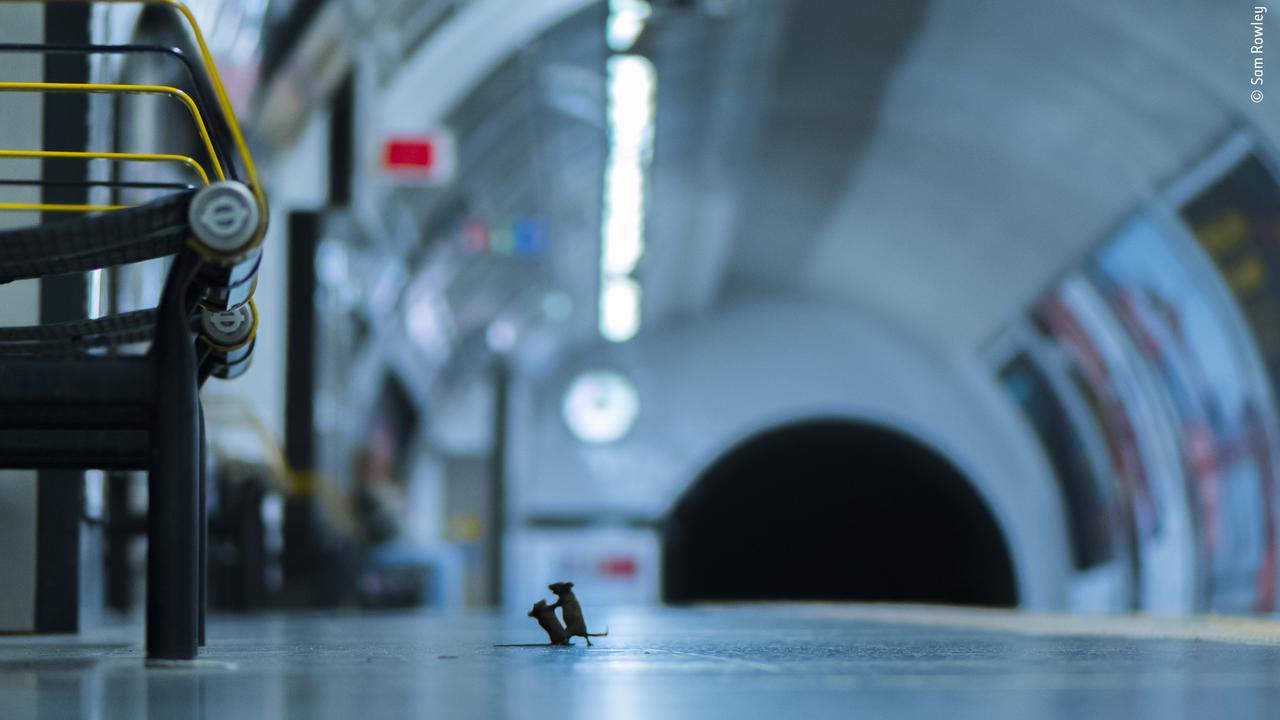
Readers can vote for the LUMIX People’s Choice Award winner on the Wildlife Photographer of the Year website until February 5, 2020 at:
https://www.nhm.ac.uk/visit/wpy/community/peoples-choice/2019/index.html




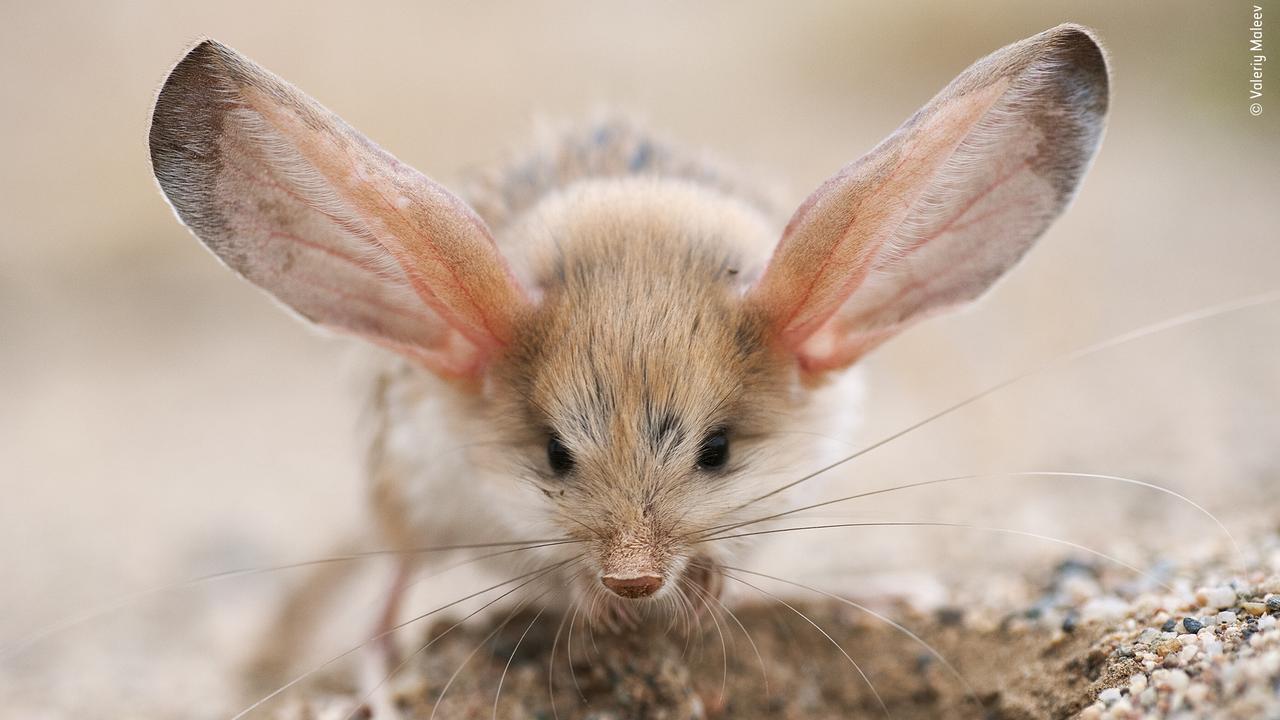
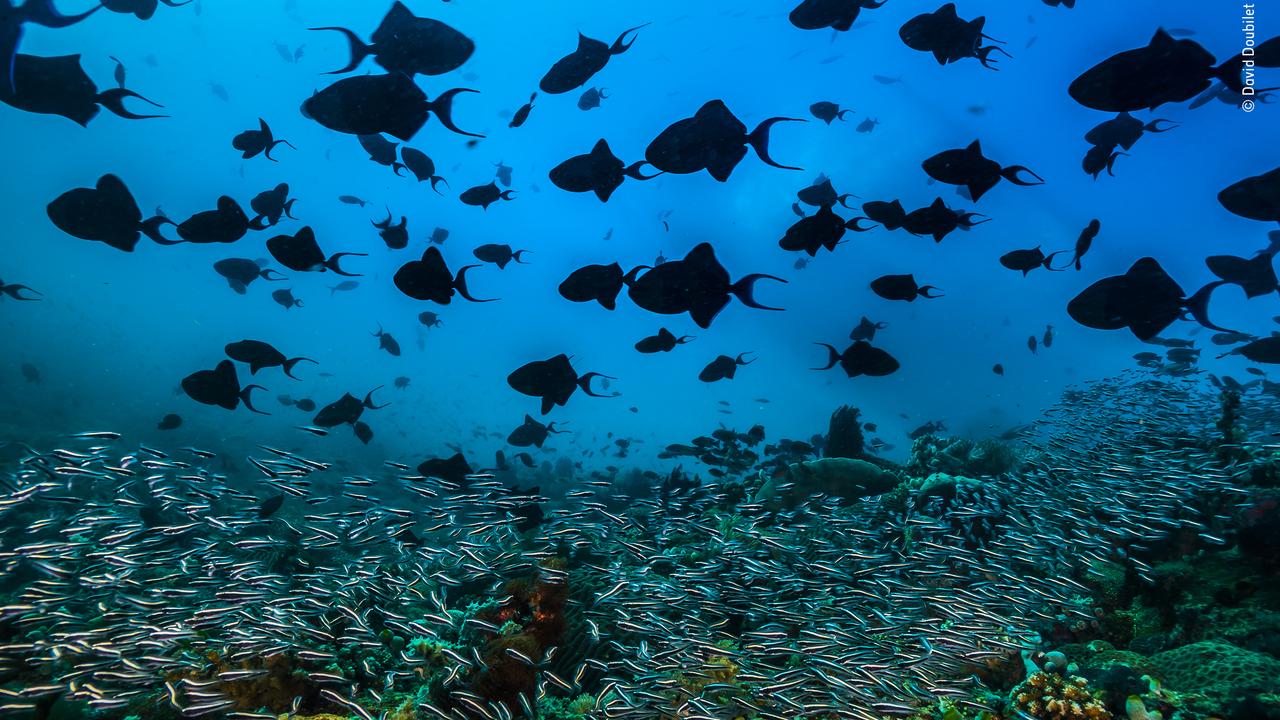
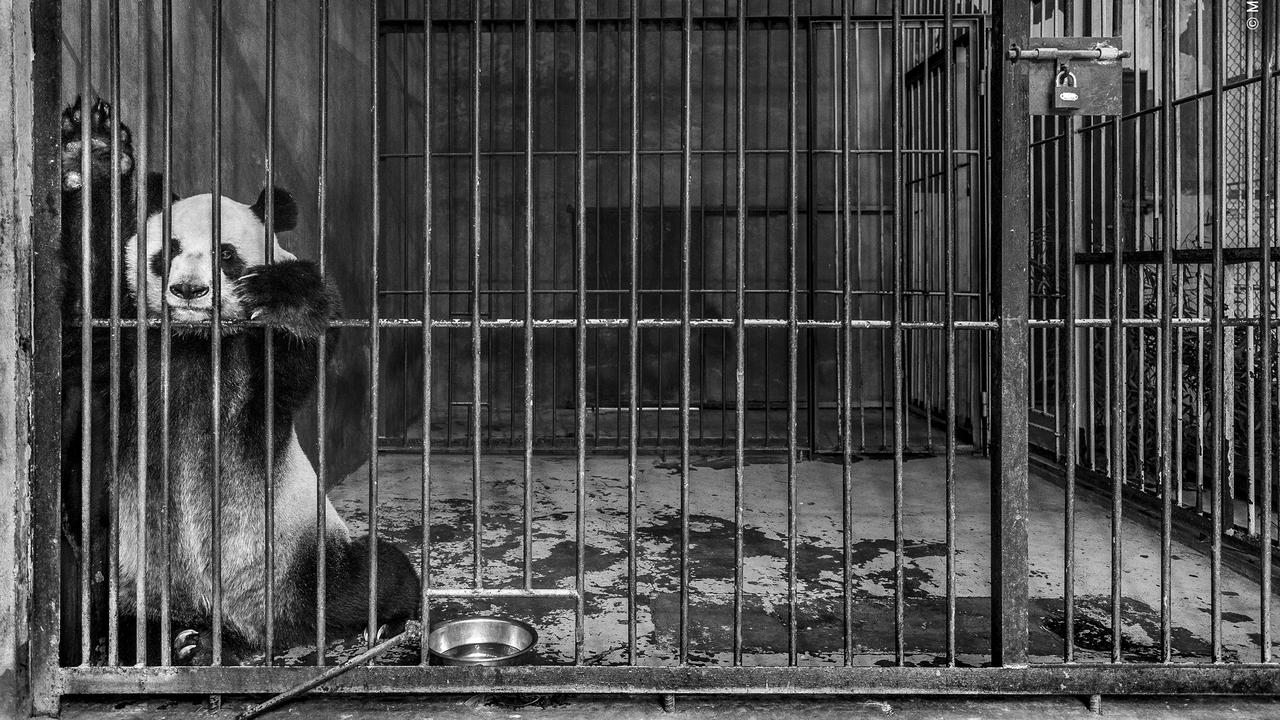
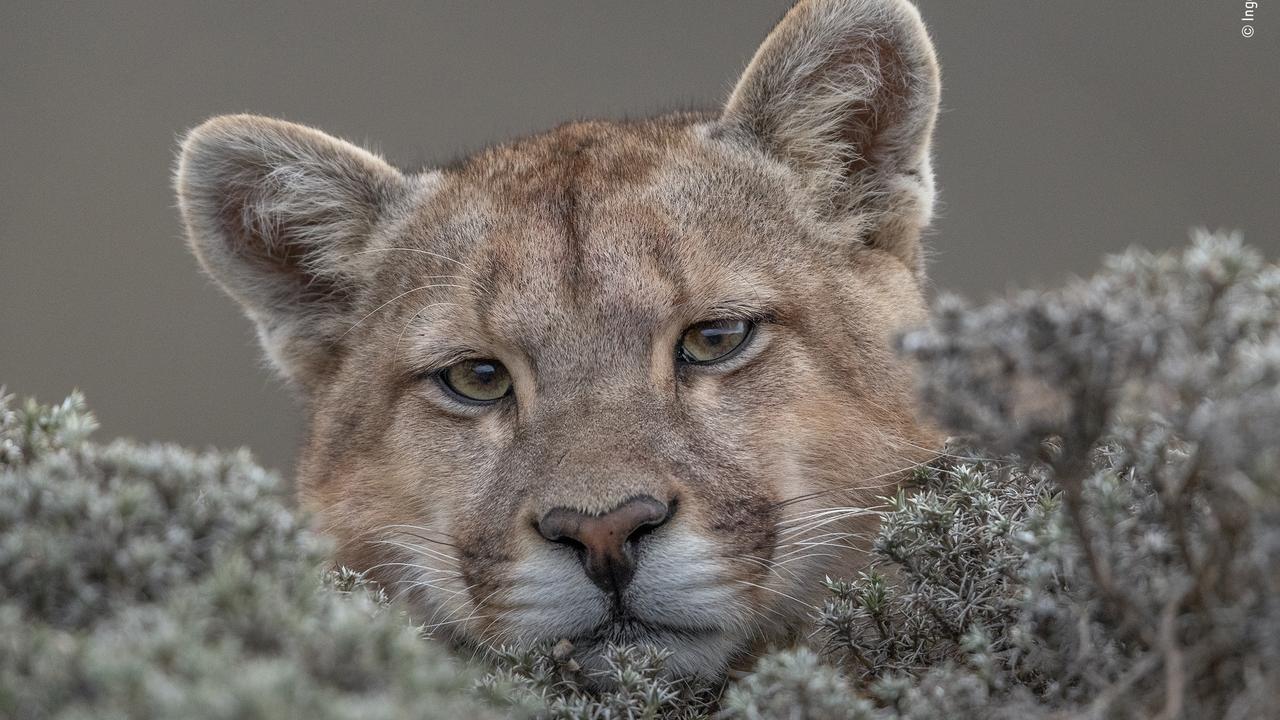
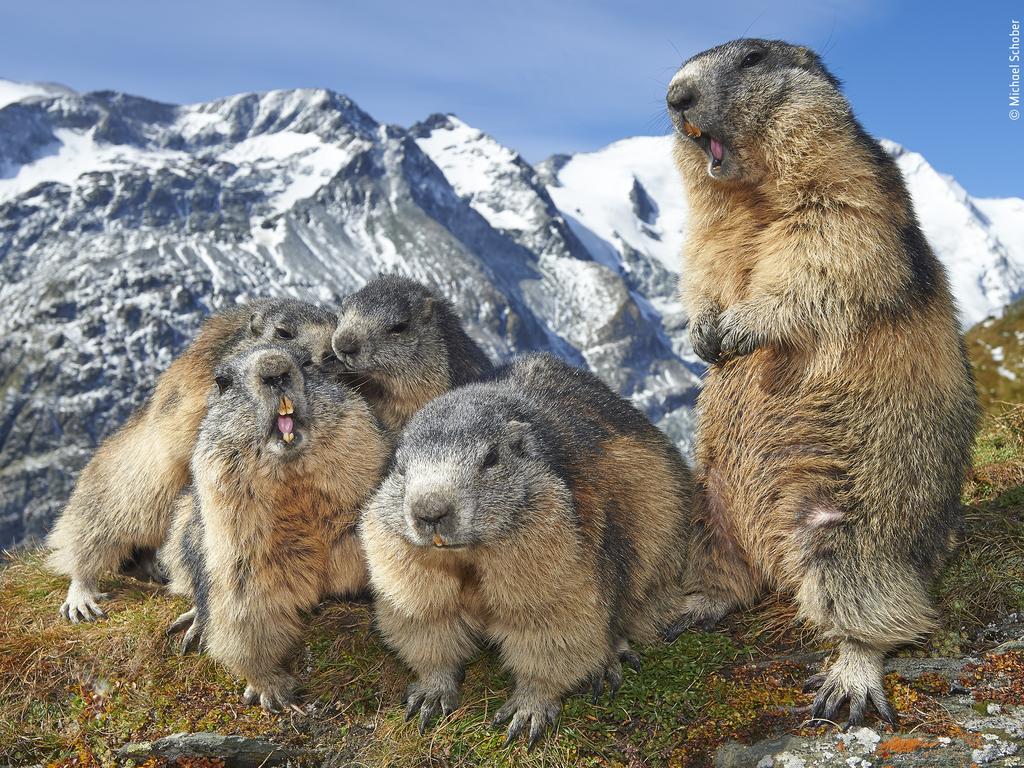
GLOSSARY
- jaw-dropping: amazing
- heart-melting: makes you feel emotion such as love
- prestigious: held in high regard; important
- professionals: do something as a job, usually with payment
- amateurs: do something as a hobby not as a job, usually without payment
- snapper: nickname for photographer
- squabble: bicker, argue
EXTRA READING
The most amazing wildlife photos of the year
Incredible nature photos are a call to action
Capturing our wonderful, wild world
Amazing photos of ancient cultures
QUICK QUIZ
- These photos are finalists in which category? Who decides the winner?
- What did Wayne Osborn photograph and where is Wayne from?
- What are the penguins doing? Why was that special to photograph?
- Where in Canada were the bears photographed?
- What title did the photographer give the photo of the mice? Why?
LISTEN TO THIS STORY
CLASSROOM ACTIVITIES
1. What is being said?
A photograph captures a moment in time. Imagine though you could also hear what was being ‘said’ in these moments (That is, if we could understand animal ‘talk’). Choose 5 of your favourite pictures and write a caption or conversation of what you imagine might have been said in the moments before, during and after the photo was taken.
For example: The penguins might be saying…
‘One day this will be a real egg, so we need to do this carefully’.
Your captions and conversations can be comical or more serious.
Time: allow 20 minutes to complete this activity
Curriculum Links: English, Critical and Creative Thinking
2. Extension
It’s time to be a little creative. Choose your favourite photo and try and recreate the image using a different art medium.
You might like to…
- make a diorama of the scene with a model of the animals included
- recreate the photo with you and some classmates acting as the animals, you will need to find somewhere to take the photo that looks similar to the scene in the photo.
- use playdough or plasticine to make a sculpture of the animals in the pose they are shown in.
- use your literacy skills to describe the scene in poetry or prose so that someone who hasn’t seen it would get a similar image in their head.
- paint or draw the image.
- collect items from the garden or environment to create a picture inspired by the photo.
- or come up with another artistic way to recreate the image.
Time: allow 60 minutes to complete this activity
Curriculum Links: English, The Arts – Visual Arts, Critical and Creative Thinking
VCOP ACTIVITY
After reading the article, with a partner, highlight all the openers you can find in blue. Discuss if they are powerful and varied openers or not. Why do you think the journalist has used a mix of simple and power openers? Would you change any, and why?
HAVE YOUR SAY: Which photo is your favourite? Why?
No one-word answers. Use full sentences to explain your thinking. No comments will be published until approved by editors.


